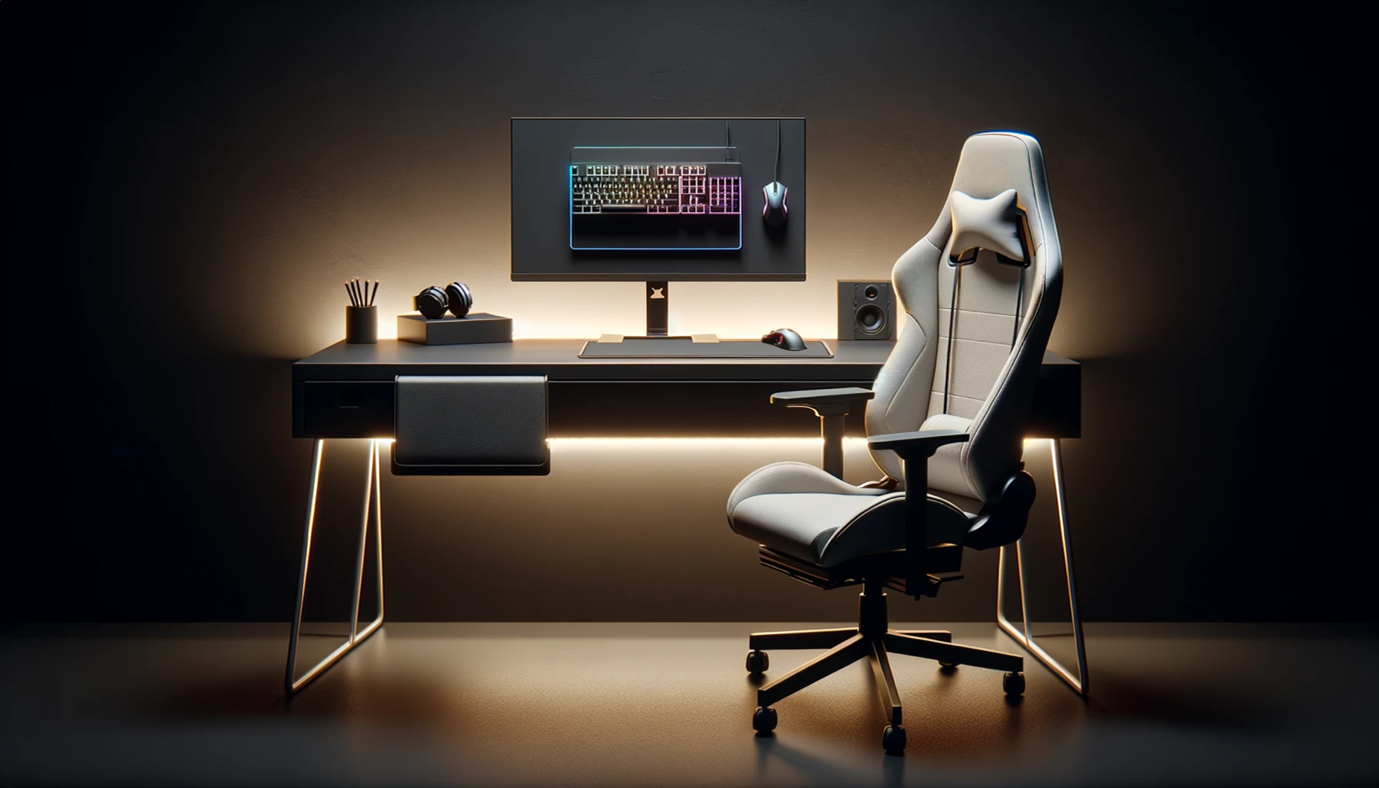
Kathleen MacMillan, MD, a diagnostic radiology resident at Dalhousie University in Nova Scotia, Canada, and Nitin Venugopal, MD, a radiology resident at UW Medicine in Seattle, are advocating for improved workplace ergonomics for radiologists. Often overlooked, the physical wellbeing of physicians is crucial, especially for radiologists who spend prolonged periods seated and working with screens and extensive case files.
Repetitive stress injuries, such as carpal tunnel, cubital tunnel, and the so-called “radiologist elbow” identified by Dr Daria Manos and Dr Kathleen MacMillan at Dalhousie University, are common among radiologists. These injuries, stemming from poor ergonomic practices, can significantly impact a radiologist's career longevity and quality of life.
Dr. MacMillan suggests that over half of radiologists suffer from these injuries due to poorly designed workstations. She stresses the importance of ergonomic solutions in reducing risk and enhancing productivity and overall wellbeing. Simple adjustments like regular breaks, positioning the mouse in front of the keyboard to reduce physical load, using a vertical mouse to put the wrist and hand in a more neutral position, and positioning the hand properly with a slant of 25-30 degrees can make a substantial difference.
Other changes, like ensuring the chair is adjusted properly or being aware of body posture and eye strain can also improve wellbeing.
An unpublished survey at Northwestern University in Chicago in 2020 showed that 83% of radiologists experienced improved wellbeing following ergonomic improvements at their stations.
Focusing on Input Devices
Dr Nitin Venugopal's RSNA 2023 education exhibit, "Improving Workstation Ergonomics and Productivity with Input Devices: Saving Time and Your Wrists," highlighted the potential of alternative input devices, including those used by online gamers, in enhancing ergonomics in radiology.
Inspired by the gaming community, Dr Venugopal explored various devices like gaming mice, dictation devices, and programmable macropads tailored for radiological needs. His team has compiled a list of such devices, tested and proven to improve ergonomics without compromising productivity.
This research marks a departure from traditional ergonomic solutions in radiology, encouraging exploration of unconventional yet effective options. Dr Venugopal emphasizes that many radiologists are yet to fully realize the productivity benefits of such programmable devices.
The Importance of Ergonomic Awareness
Both Dr MacMillan and Dr Venugopal agree on the critical need for ergonomic awareness in radiology. They urge radiologists and hospital administrators to adopt preventive ergonomic interventions to avoid chronic strain injuries, thereby enhancing both the quality of life and work productivity of radiologists.
Source: RSNA






















